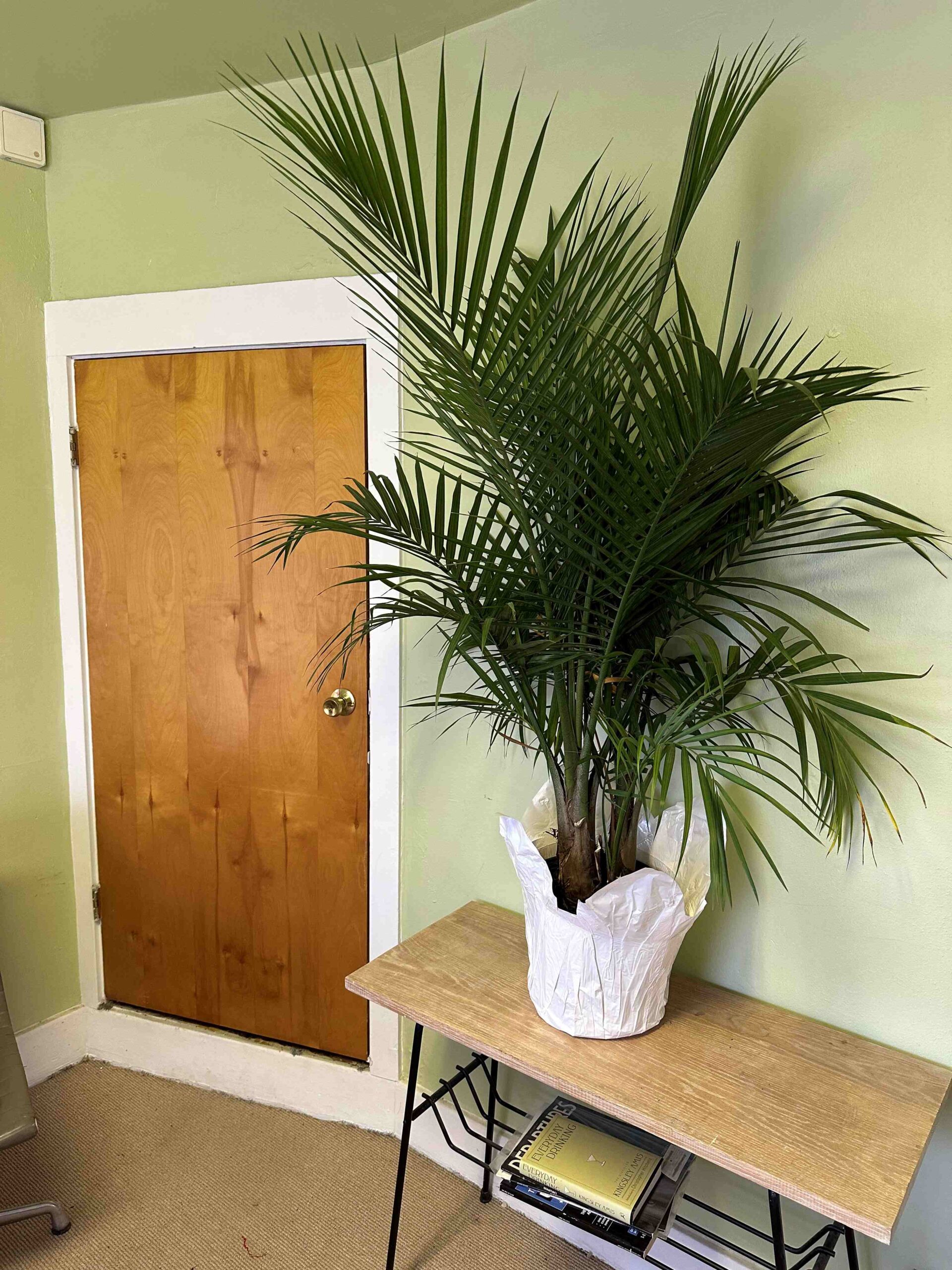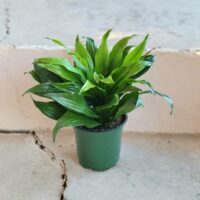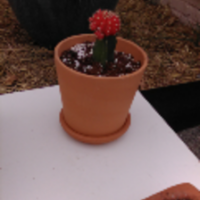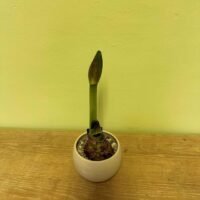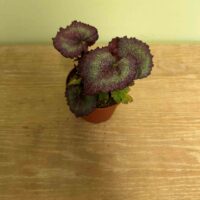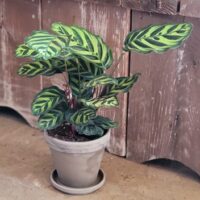Successfully growing majesty palms requires carefully balancing several factors: heat, light, and fertilization. Plants that are over-fertilized and grown in warm conditions, but not given enough light, will stretch out looking for more. Plants that are given too much light without a corresponding increase in fertilizer and water will scorch. The right balance indoors likely means a bright corner, with plenty of water, and less fertilizer than you probably think.
Majesty palm has a reputation for being somewhat of a temperamental plant. Kentia palm, bamboo palm, or parlor palm (Chamaedorea elegans) plants are generally better choices for beginner indoor gardeners.
Light
Although majesty palms are understory plants in their natural habitat, indoors it’s a good idea to provide as much light as possible. Plants that are stretching and bleached should be moved into a brighter spot for a few weeks, but don’t expose them to full sunlight.
Soil
These palms are acid-loving plants that do best with a pH level as low as 5.0, so don’t worry about a peat-based mixture acidifying and hurting your majesty palm. A standard potting mix, with some extra peat mixed in, is an ideal growing medium for majesty palms1. These palms need good drainage to prevent water-logged roots.
Water
Keep the potting media evenly moist, but not waterlogged. Don’t let the plant’s soil get too dry between waterings or you’ll start to lose lower leaves.
Temperature and Humidity
This plant will grow fairly well in temperatures between 65 and 85 degrees Fahrenheit. It prefers high humidity but can survive in ordinary household humidity levels. In colder climates where winter air can get very dry; running a humidifier can make the plants happier. Misting the plant daily will also ensure it gets the humidity it craves. Low humidity levels can encourage insect pests.

